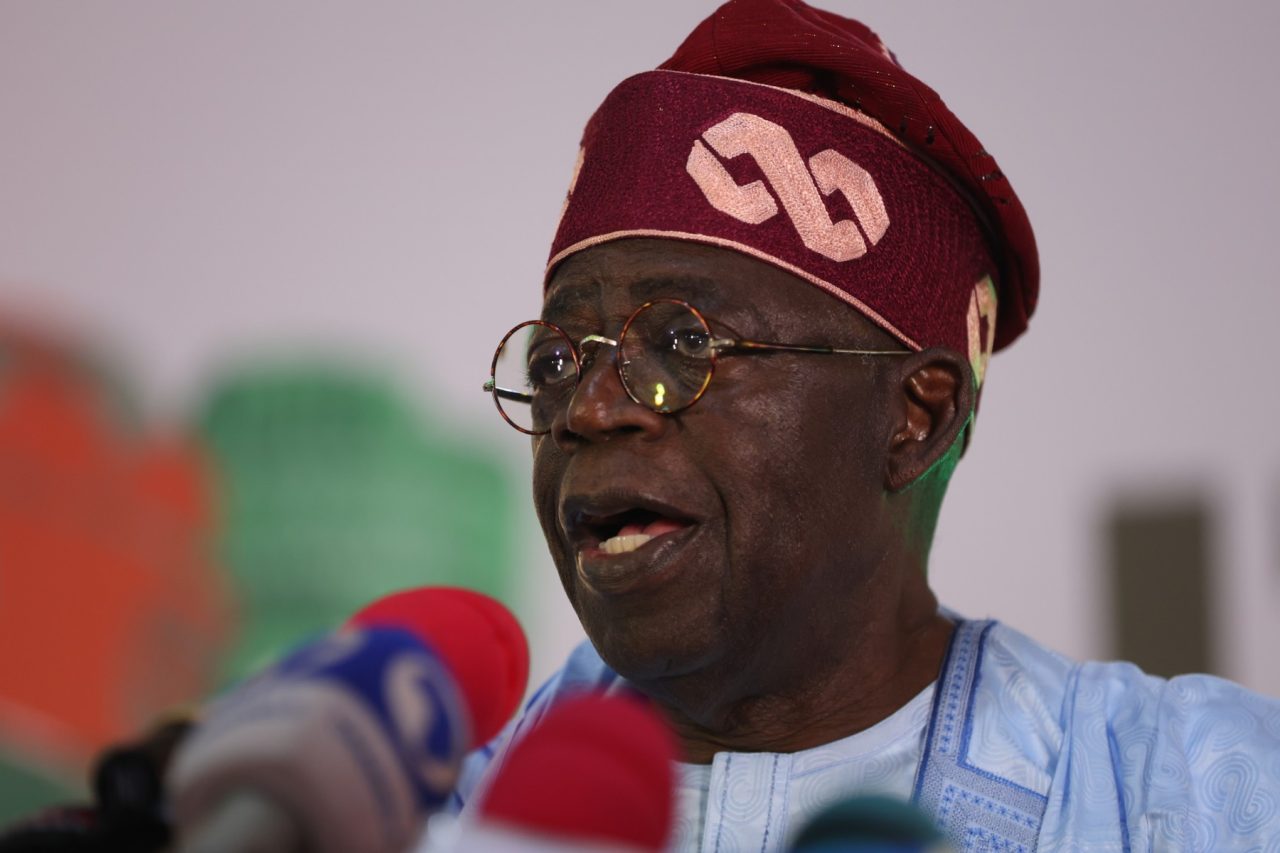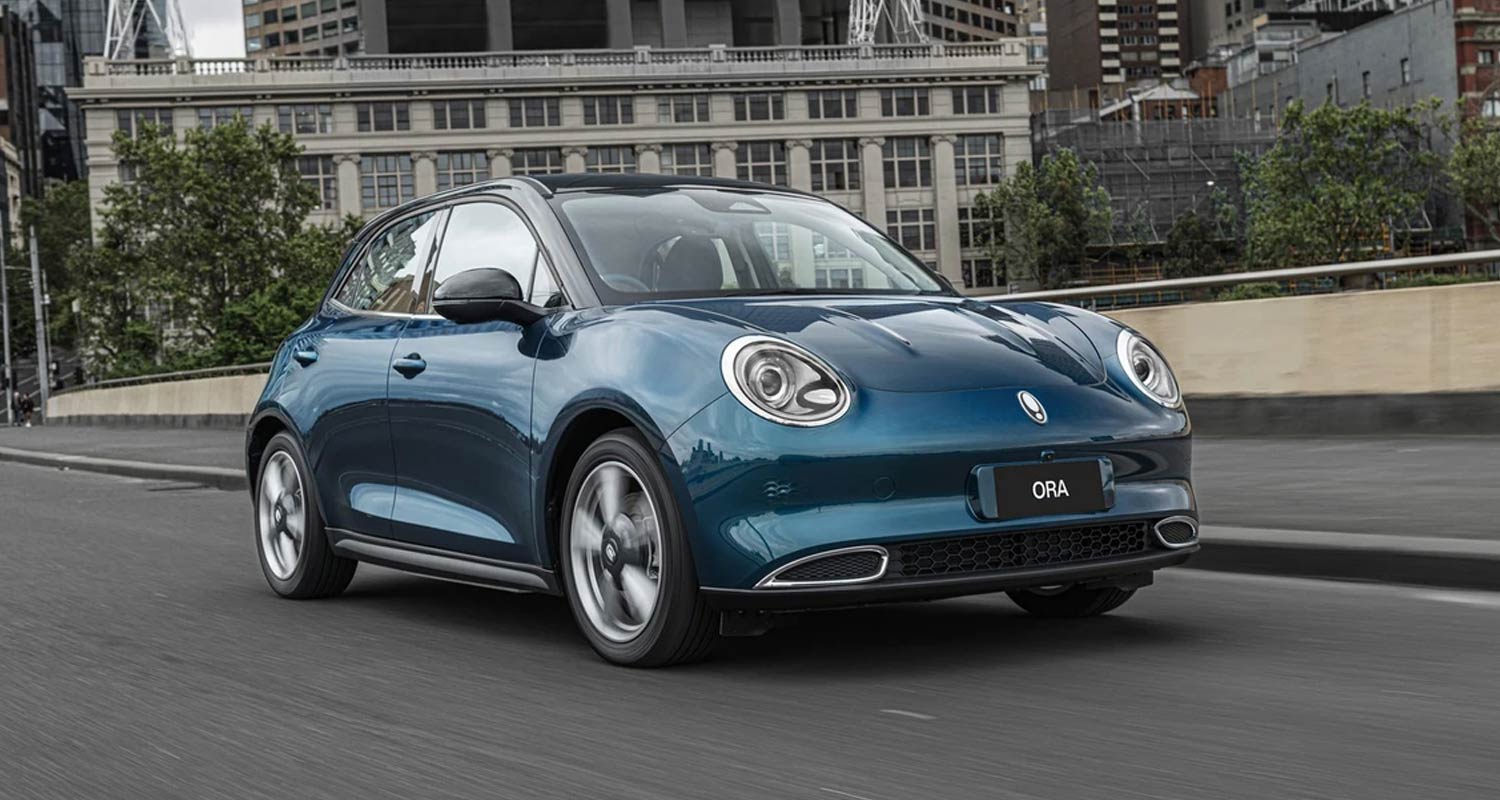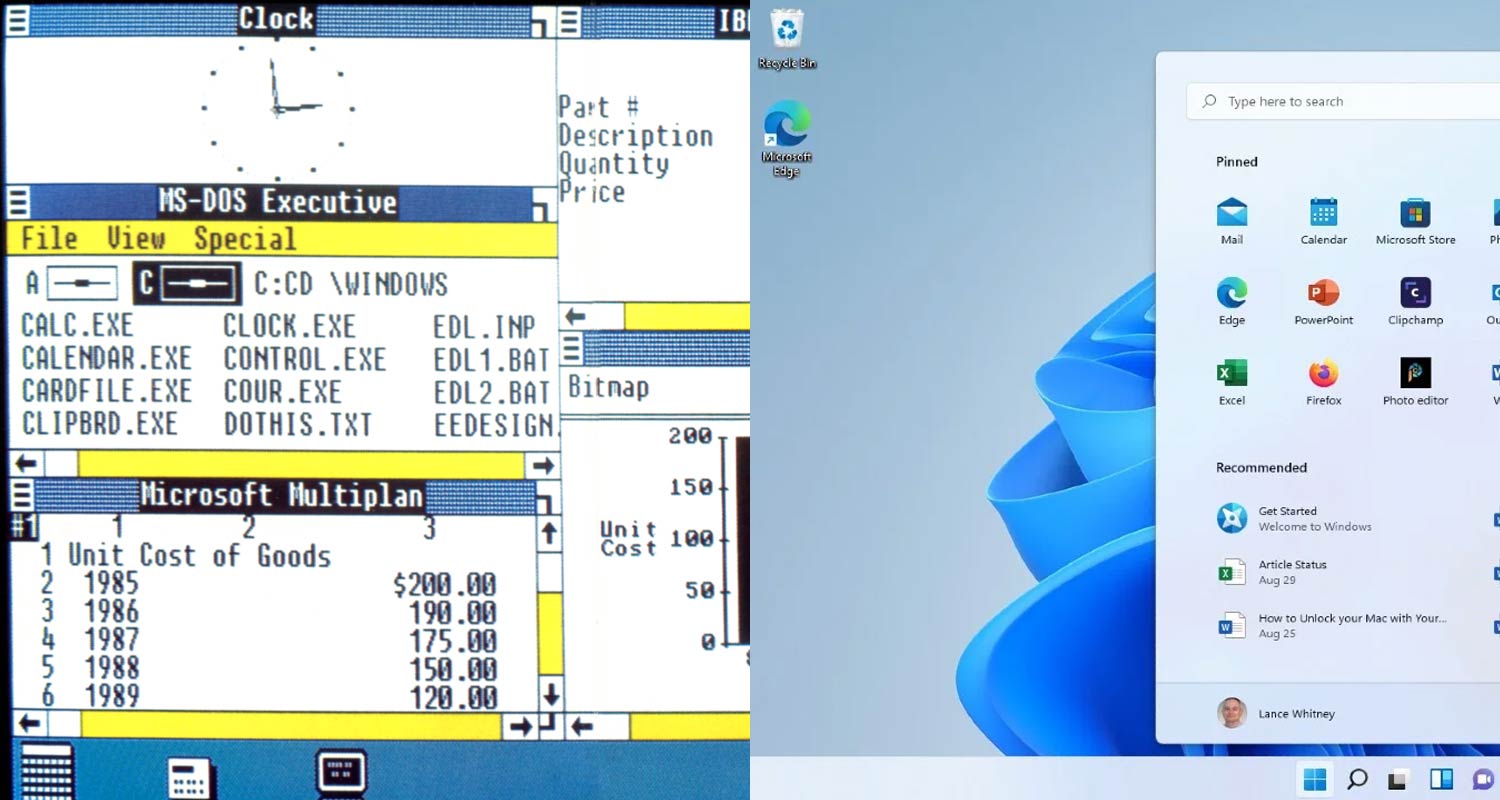Chinese smartphone brands are meeting growing success in South Africa's smartphone market, capturing market share and outperforming the growth of bigger players - albeit from a low base.
The smartphone market in South Africa saw growth of just 0.1% in unit sales in the last quarter of 2023, according to Muhammed Rehman, smartphone market analyst for South Africa at GFK , a market research company. But Chinese brands "massively outperformed the market with 56.8% growth".
According to Rehman, this multi-segment growth of Chinese-branded phones represents a strategic shift in the approach these companies take to the local market.
Whereas their focus initially was on capitalising on lower segments that the more established brands Apple and Samsung neglected, they now have competitive offerings ranging from the entry level all the way through to the top end of the premium segment.
Customer buying patterns also suggest that the appeal of these brands is driven by more than just price competitiveness, although that is a big contributing factor.
GfK data shows that Chinese smartphone brands achieved 25% growth in the prepaid market in the fourth quarter of 2023 and a whopping 77% growth rate in post-paid sales. The post-paid segment generally has more money to spend than prepaid.
Six of the best ' READ: Samsung is back on top in smartphonesOppo, on the other hand, has a much longer history, with roots dating back to 2004. The first device Oppo launched internationally was an MP3 player called the Oppo X3 in 2005. Since then, the company has expanded its reach to more than 50 countries, including the US. The highest-specification device Oppo sells in South Africa is the Reno 10+ Pro, which retails for R21 999.
Vivo, headquartered in Dongguan in the Guangdong province of China, was launched in 2009. Vivo's product range spans smartphones, smartwatches, earbuds, power banks and speakers. According to the Vivo website, the highest-spec Vivo device available in South Africa is the newly launched V30 5G, although pricing information isn't yet available.
Xiaomi was founded in 2010 and now produces wearables and smart home devices along with smartphones. The company has done particularly well in the Indian market, where it often tops sales lists.
While these Chinese brands have diversified their offerings to cater even to the premium segment of the smartphone market, Tecno has consistently targeted the lower segments of the market. Tecno's parent company, Transsion Holdings, specialises in emerging markets and has a strong presence in Africa, the Middle East, Southeast Asia and Latin America. The Tecno Spark 10 Pro is the company's most expensive device, which retails for just R4 999.
Despite Tecno's focus on the more affordable end of the market, other Chinese brands are choosing to compete across all price points. GfK did not go into detail regarding market penetration rates, but data from StatCounter suggests that the high growth rates seen by Chinese brands are also influenced by low base effects (see chart above).
' READ: Chinese smartphone brands see strong African growth"Chinese brands are no longer competing only in entry-level affordable devices but also in medium to high-value market segments. They are effectively disrupting the traditional premium brand ranges," said GfK's Rehman. - © 2024 NewsCentral Media











